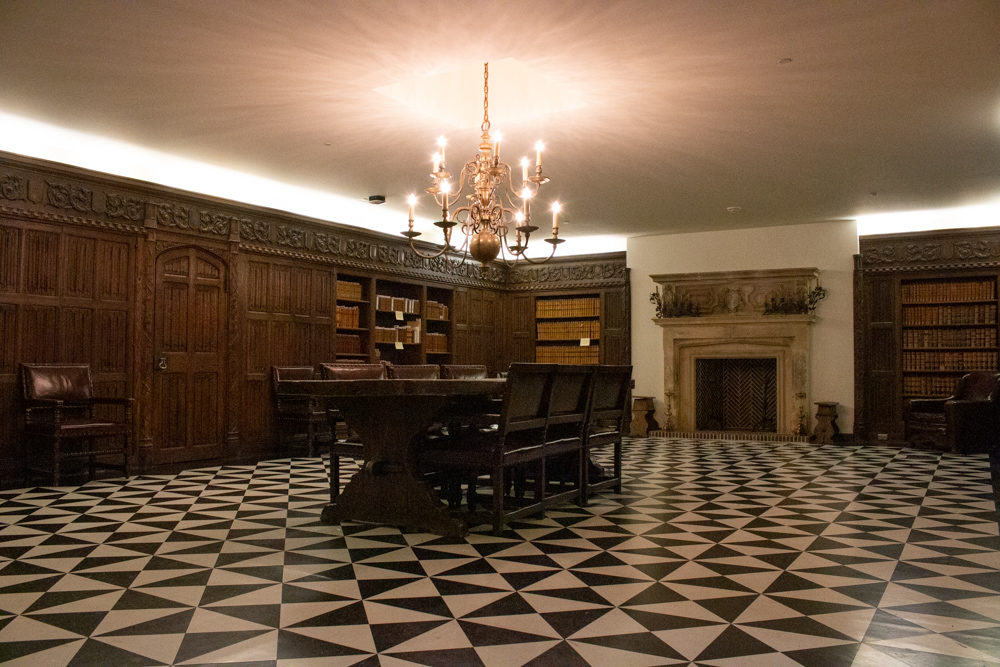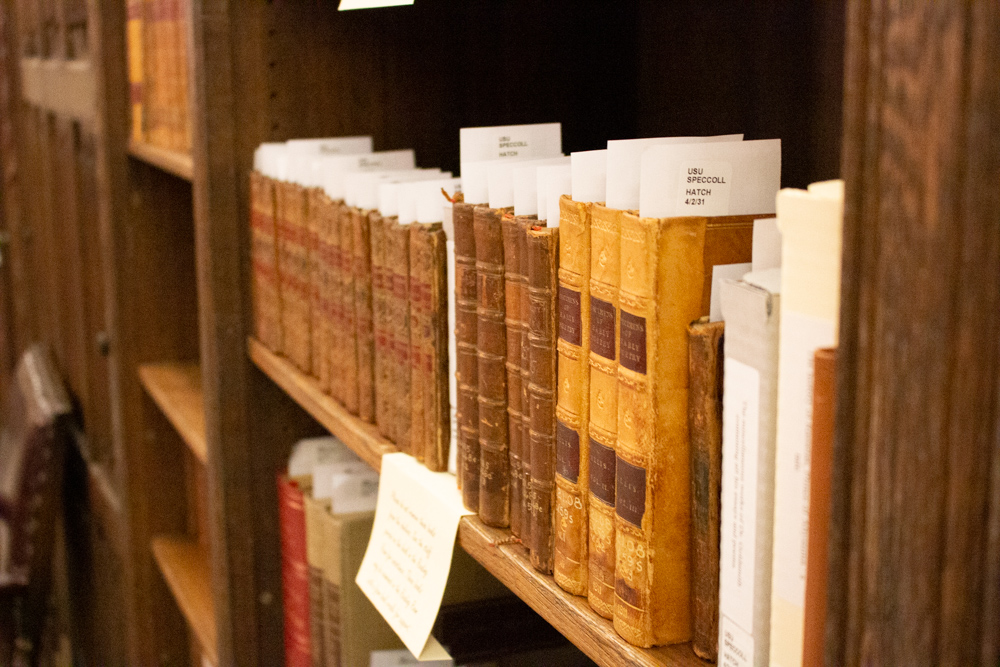Shoshone Nation collaborates with USU Archives to host digital historical collection
The Northwestern Band of the Shoshone Nation has announced that Utah State University will help to convert and catalog the tribe’s historical documents into a public online archive.
“The goal has been to create a tribal archive through digital scans and uploads that can be found in one database,” said Clint Pumphreys, a manuscript curator for USU’s Special Collections and Archives staff. “We’ve been working on the oral histories of the 21st century and collecting them so that these files are accessible to anyone online.”
The historical collection will be retained at the Shoshone Nation’s Brigham City and Pocatello offices, but Patty Timbimboo-Madsen, the Shoshone cultural research expert, said that they needed a large server to host their expansive catalog. This is one way that USU will support the project.
“The changing technology has helped us better document the stories of our elders,” Timbimboo-Madsen said. “But even since we started doing this over 15 years ago, the technology has changed so much that we have to even update the videos we recorded back then.”
Timbimboo-Madsen said that a lot of the elders are getting older and don’t want to remember the past, so she tries to be respectful of their wishes.
 Savannah Knapp
Savannah Knapp The special collections and archives located in the USU Merrill-Cazier library.
“It all comes down to the children for me,” Timbimboo-Madsen said. “We want to give the tribe members themselves a better understanding of who these people are. I’ve seen so many of them pass away and I just think about their stories that they take with them.”
Timbimboo-Madsen said that as she has been gathering interviews and stories, she remembers the elders that she knew growing up and their families who know their stories and are now sharing them with her.
“I think this will give the public a better understanding of who these people are,” Timbimboo-Madsen said. “We realize now that this will be a fuller process than we thought, but when it’s done, there will be a link on the tribal website that will take people to the University’s page. Right now, though, it’s a lot of gathering and cataloging.”
Darren Parry, chair of the Northwestern Band of the Shoshone Nation, said that he is grateful and excited for the opportunity to work with USU.
“It just felt like a natural fit,” Parry said. “We received a grant from the LDS church to gather these stories, and when it came time to find server space, USU was ready.”
Parry said that the work to gather almost 150 years of history has been challenging. “A lot of the tribal elders didn’t write anything down,” Parry said. “The Shoshone history has been primarily an oral history. There’s a proverb, ‘when an old man dies, a library burns to the ground,’ and that’s what has happened with our history.”
Parry went on to explain the importance of recording Shoshone history so that it can be accessed and considered in the larger historical record.
“As a kid, I could only find whatever was written in the history books,” Parry said. “But those history books are not accurate and come largely from a colonialism perspective. With this archive, all perspectives are able to be looked at and we can get our view out there.”
Parry used the Bear River Massacre near Preston as an example of how one-sided history can be. He looks forward to providing more complete information about the people and cultures of Cache Valley.
“This is really just so important because it allows everyone the access to history,” Parry said. “We were the people who lived in Cache Valley way before the Mormon settlers. We welcomed the pioneers and helped them survive that first year, even after the massacre. We were there, and our history tells that story from the other side.”
—erickwood97@gmail.com
@GrahamWoodMedia

